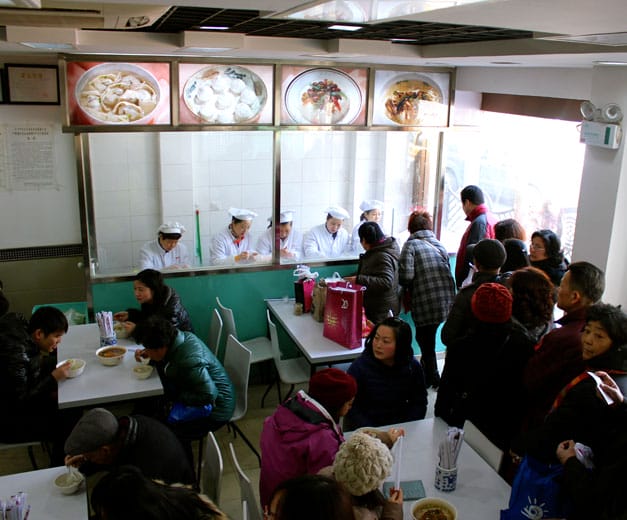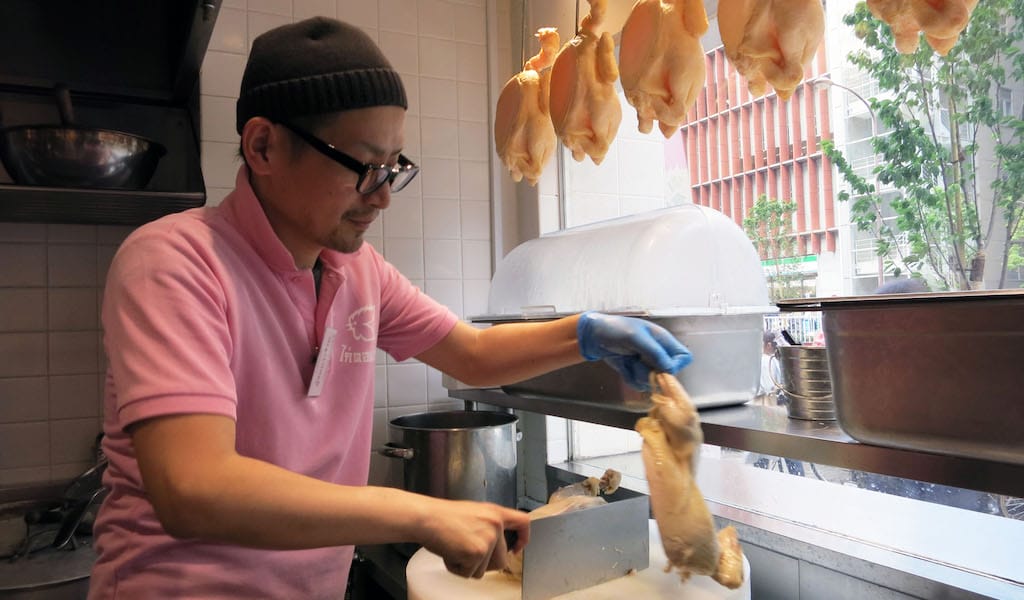Back in 1966, when it opened on Avenida da República, one the main roads connecting the new avenues of Lisbon with the city center, Galeto caused quite a commotion. Lisboetas flocked to the huge snack bar, seduced by both the design – it was styled like an American diner – and the menu, which in those days seemed wildly innovative. Locals used to more conservative Portuguese fare were suddenly introduced to club sandwiches, burgers, mixed plates that brought together some wildly disparate elements and even Brazilian feijoada.
Eating at the long counters while perched on a comfy seat was quite different from sitting on a stool at an everyday tasca. When combined with the avant-garde décor, swift service, and long hours (it was open late, until 3:30 a.m.), it felt like Lisbon was catching up with the dining habits elsewhere in Europe or the U.S.
But the place was mostly celebrating the culinary scene in another country: Brazil. After developing successful restaurants in Rio de Janeiro, the founders – Portuguese immigrants to Brazil – decided to try something similar in Lisbon.
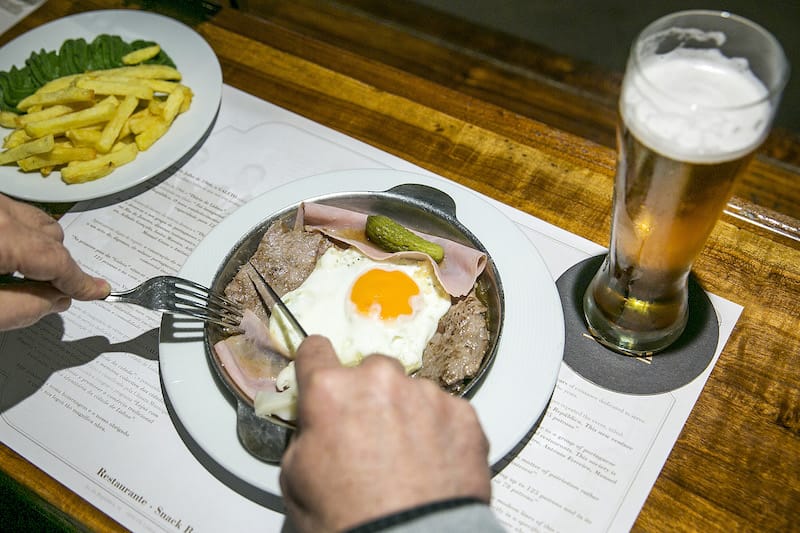
“The galeto was a very popular dish, a small chicken grilled on a charcoal brought by Italian immigrants to Brazil,” explains Francisco Oliveira, Galeto’s second-generation owner. The six original founders of Galeto imagined that this would be the signature dish of the snack bar. But it turned out that Lisboetas were more interested in the bife à Galeto, a steak with an egg on top and surrounded by slices of ham and pickles, served with a side of fries and esparregado (puréed spinach) – it was already popular in many Lisbon restaurants and tascas with the name bitoque.
Initially the first counter by the entrance was facing the grill that was meant for take-away chicken. But in the ‘60s, Lisboetas were not as passionate about frango assado (grilled chicken) as they are now, and the layout was changed. No more galeto in sight.
Both the chicken and the steak are still on the menu, but the most popular is still the latter “made with a good sirloin” and not “average cheap cuts” as Francisco points out while sitting at the counter. This is not the regular straight-line counter you might expect. It’s a zigzag of multiple counters at various angles, almost a maze, designed for clients to have a better experience and to facilitate conversation.
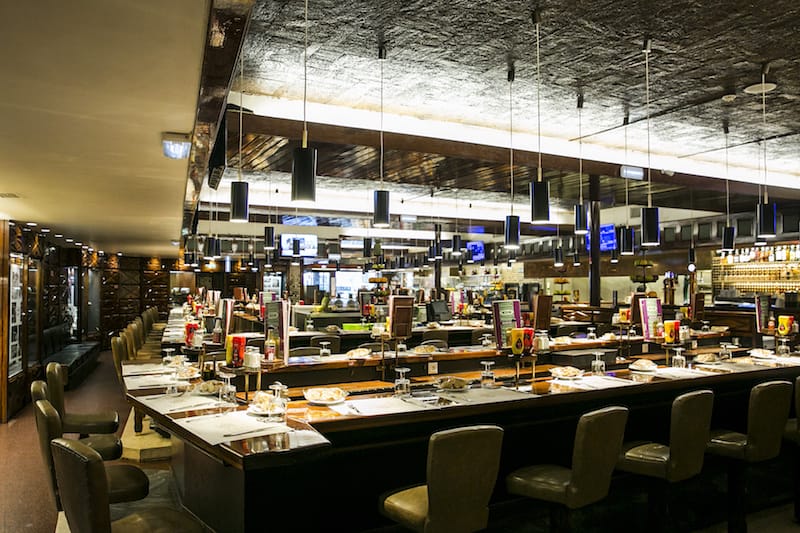
Francisco was 13 years old when Galeto opened, and he remembers that July day very clearly. He can be seen in a black-and-white photo in the “Hall of Fame” display, wearing a suit and tie. But he is quick to deny that he had a hand in Galeto’s success: “None of this was my doing, I’ve only been working here for four years now. It was my father, António Oliveira, who worked here until he died at 78 years old.”
Over time the original partners split up the businesses between Rio and Lisbon, with António eventually taking control of Galeto. Francisco inherited the mission of keeping the place open, and he’s trying to preserve its unique identity while making some much needed structural renovations and equipment upgrades.
Galeto is also known as one of the best spots for late-night dining.
City Hall has classified Galeto as a Loja Com História, a designation aimed at protecting historical shops and businesses in Lisbon. The architectural work of Victor Palla and Bento d’Almeida – a duo connected with the modernist movement in Portugal – is remarkable, from the winding counters to the wooden panels on the walls and the amazing black tiles with golden circles in the center. Prior to Galeto, the pair had designed other places in the city like snack bar Noite and Dia, and Pique-Nique, as well as Cunha in Porto, another iconic spot.
Like Cunha, Galeto is also known as one of the best spots for late-night dining. It’s open until 3:30 a.m., but with a small extra charge, around €1 per item, after 10 p.m. In the ‘70s and ‘80s, it was a bohemian meeting point: Actors, artists, musicians and journalists congregated here. It was also popular with people who were looking for a bite to eat after going out to the movies or the theater, a time when most other restaurants are closed.
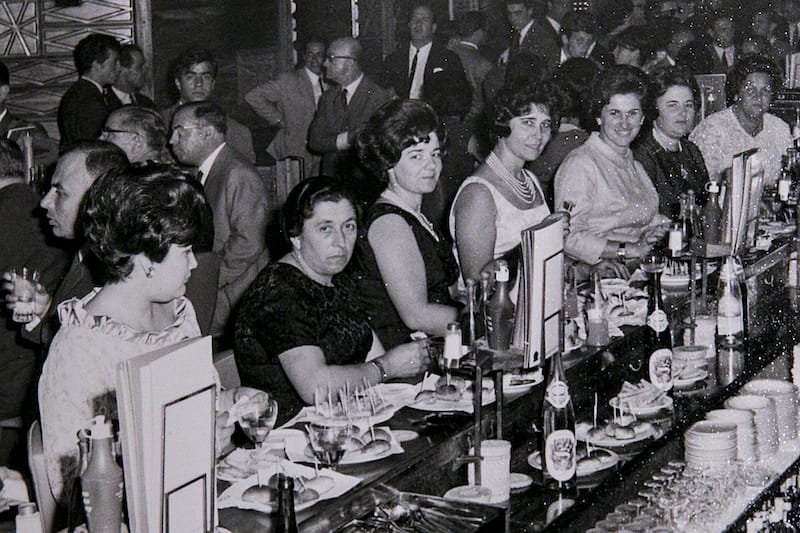
These days the clientele is still very diverse. “From the prime minister to students, or people on the run from the police… everyone comes here,” says Francisco.
Galeto has certainly suffered its share of ups and downs, although the snack bar has always come out on top. “When we opened we had 170 workers, and now we have 110,” says Francisco. “The Lisbon eating scene is very different, and this concept of fast but good food has a lot of competition.”
Hermínio Gouveia, the maître d’ who has been wearing the Galeto jacket for 40 years now, recounts that one of the worst periods in his career was when the “troika” (the European Commission, the International Monetary Fund and the European Central Bank) bailed out Portugal (2011-2014). “When I started working here, people would spend much more on food and drink,” he tells us. “Still it has continued for multiple generations. It’s interesting to see couples with children coming here and telling us how they would come here with their parents to enjoy the ice cream or the different dishes.”
The steak and the Brazilian feijoada (bean stew) are still Hermínio’s favorites. And we have to agree – although there are Portuguese specialties on the menu as well as daily specials like grilled octopus or fried John Dory fillets, they don’t summon up fond memories of family excursions in the ‘70s. It’s still as much fun now as it was then. Plus, there aren’t many places where you can order breakfast until 12:30 p.m. or dinner into the wee hours.
 March 3, 2015 Tangyuan
March 3, 2015 Tangyuan
Lantern Festival (元宵, yuánxiāo, or “first night”) is the 15th day of the Chinese New […] Posted in Shanghai January 14, 2019 Going Deep
January 14, 2019 Going Deep
As the calendar year turns over, we’ve grown accustomed to the barrage of lists telling […] Posted in Elsewhere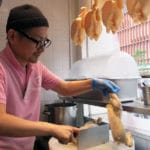 August 1, 2017 Fowl Play
August 1, 2017 Fowl Play
One of the things we love about Japanese food is that it celebrates specialists. A good […] Posted in Tokyo
Published on February 20, 2020
Related stories
March 3, 2015
ShanghaiLantern Festival (元宵, yuánxiāo, or “first night”) is the 15th day of the Chinese New Year, and marks the last day of Spring Festival. This “first night” is actually the first full moon of the lunar new year, and in the Year of the Sheep it lands on March 5. In Shanghai, revelers typically head to Yu Gardens, a…
January 14, 2019
Elsewhere | By Culinary Backstreets
ElsewhereAs the calendar year turns over, we’ve grown accustomed to the barrage of lists telling us where to travel during the next 12 months. Oftentimes these places are a country or even a whole region – you could spend an entire year exploring just one of the locations listed and still barely make a dent.…
August 1, 2017
TokyoOne of the things we love about Japanese food is that it celebrates specialists. A good sushi chef makes only sushi, and only after years of study to learn the art of making the perfect rice. Likewise, only a master of the dynamics of hot oil can craft perfect tempura. So it’s no surprise that…














































